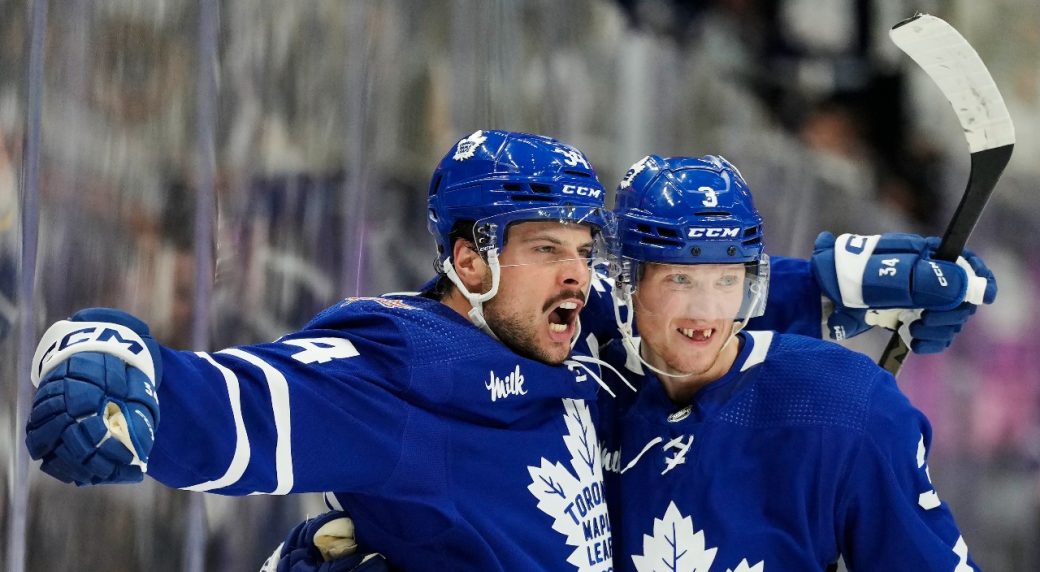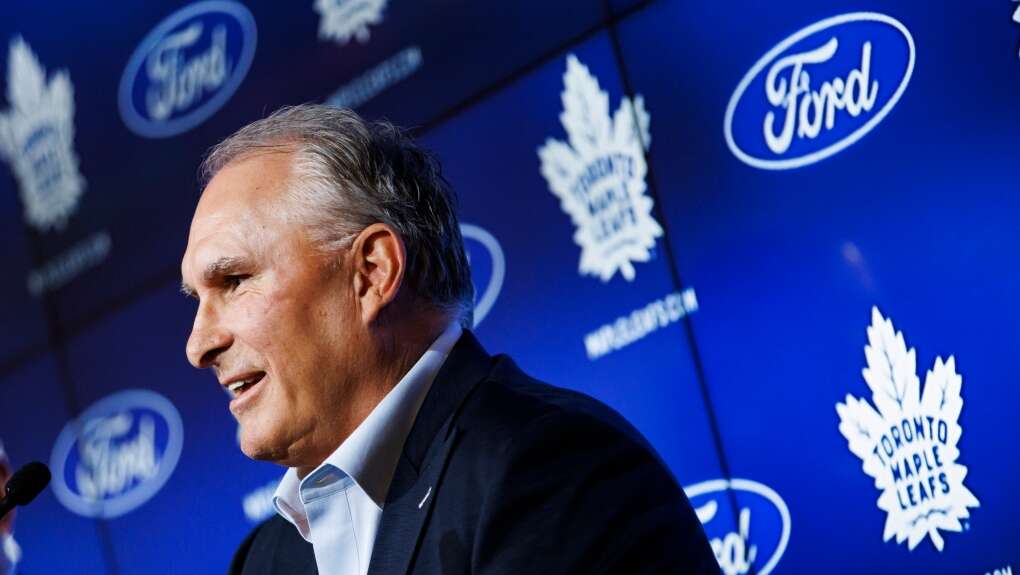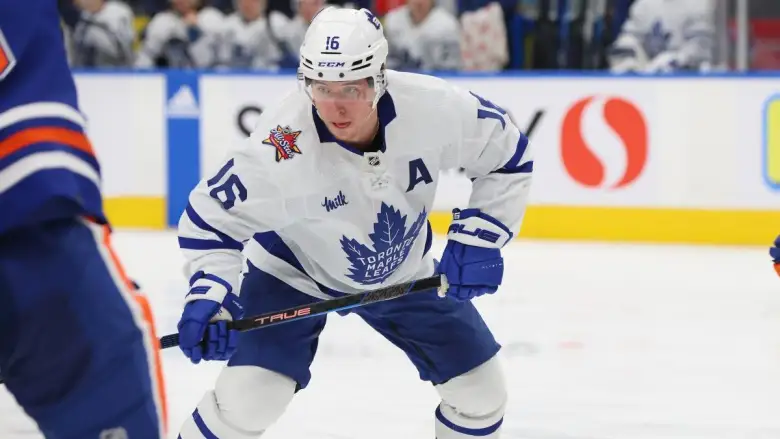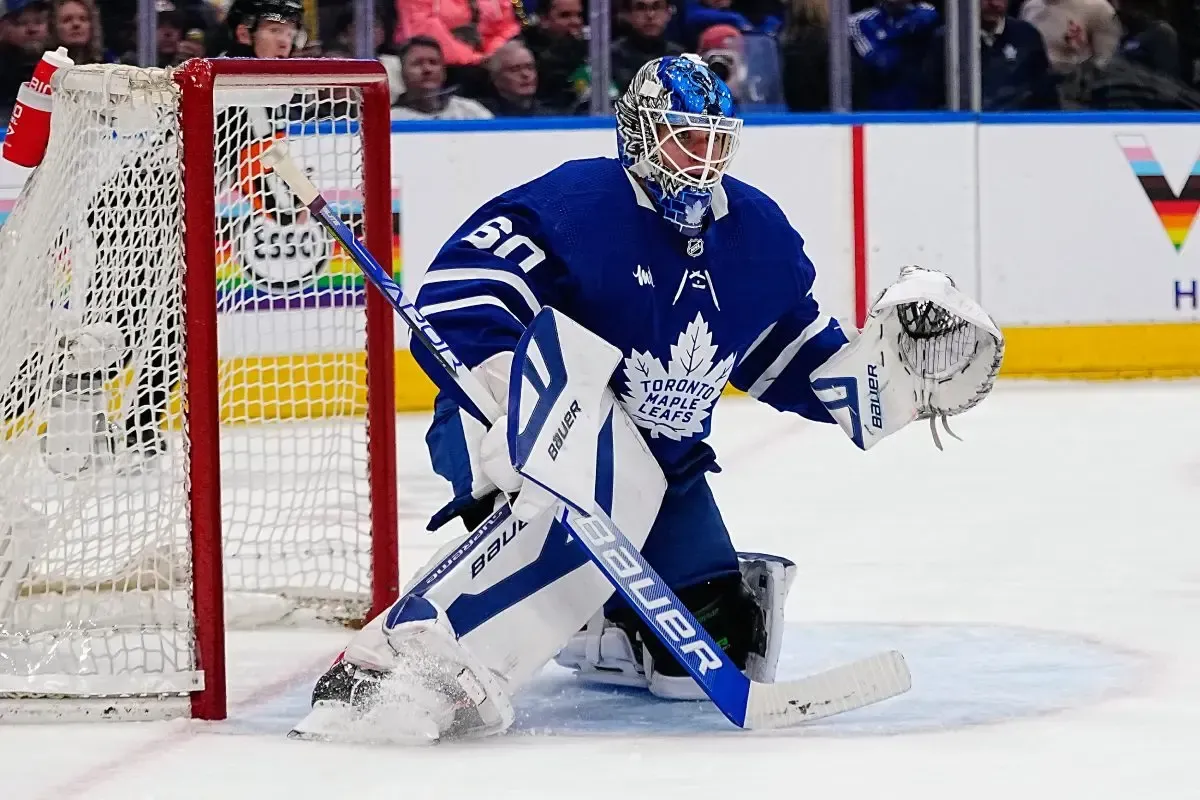A big Question: How should the Maple Leafs spend $20 million in salary-cap space this summer?
Finally, a little cap relief for the Toronto Maple Leafs.
After a total rise of just $4 million over the past six seasons, the NHL’s salary cap is likely to jump more than that just this offseason, rising 5.39 percent to a record $88 million.
That boost is going to more than get eaten up by new agreements for William Nylander and Auston Matthews, but more breathing room comes from the reality Toronto has so many expiring contracts.
Tyler Bertuzzi, Max Domi, Ilya Samsonov, TJ Brodie and John Klingberg alone accounted for more than $21 million last season, and I don’t think it’s unrealistic to anticipate the Leafs should be able to get more bang for their buck with those monies next season. (In reality, Samsonov, Brodie and Klingberg’s deterioration were some of the primary reasons they took a step back from 2022-23.)
This year’s free-agent class isn’t laden with superstar talent, but there are a lot of first- and second-line forwards and top-four defencemen on Chris Johnston’s big board.
The Leafs aren’t as stocked with cap space as some of their competition — the Utah Yeti, for example, are listed with $43 million in cash — but GM Brad Treliving presently has more wiggle room than 15 other clubs, a group that includes practically every competitive team. And that’s before potentially moving out one of his stars.
For the sake of this essay, I’m going to presume The Core Five players with no-movement contracts are staying. If one of them is traded, the cap picture potentially grows more hopeful, depending on what comes back in exchange.
Here is everyone the Leafs now have signed, with a little more than three weeks to go till free agency.
With little shy of $20 million to spend, the largest voids at first glance are in goal and on defence, where Brodie, Joel Edmundson, Mark Giordano and Ilya Lyubushkin are all headed to market.
What’s intriguing is when we throw in the restricted free agents, it largely serves to further fill out a congested forward group. Especially when you consider that Easton Cowan is expected to get a first-month audition out of training camp in the fall.
On the lineup below, I’ve placed Cowan on the roster and projected wages for RFAs Timothy Liljegren, Nick Robertson and Connor Dewar based on their closest historical comparables on one-year contracts. (Noah Gregor wasn’t given a qualifying offer here and becomes a UFA.)
At this point, I don’t think it advantages the Leafs to offer these their RFAs term when that would mean increasing the average yearly value of their deals. Not when they have so many needs elsewhere.
To provide $1.1 million extra cap flexibility, I’ve also sent down Conor Timmins, who will likely be on the bubble to make the club again.
Maybe he clears waivers. Maybe he doesn’t.
That’s 18 players on the roster — 13 forwards, four defencemen and a goalkeeper — and $15.6 million still to spend.
Theoretically, they could shift Pontus Holmberg or Dewar to centre and not need to recruit anyone up front, but that would leave them obviously weaker than they were this past season considering the departure of Bertuzzi and Domi.
A better play, in my opinion, would be to:
1. Go somewhat economical in aim.
There’s not a bona fide No. 1 available in free agency, and I anticipate it’ll be incredibly tough for Treliving to rip either Jacob Markstrom or Linus Ullmark out of Calgary and Boston — especially when teams like the New Jersey Devils can dangle a top-10 choice in return. That leaves someone like Laurent Brossoit as a tandem option to split starts with Joseph Woll, who, it should be stated, Leafs management remains very, very high on.
Brossoit hasn’t played a ton, but he has put up decent numbers the past several seasons. His first priority as a 31-year-old UFA is going to be to go to a solid team where he can start frequently. The Leafs suit the criteria, and my understanding is there is reciprocal interest.
It’s impossible to forecast precisely what he’ll cost given how weak the UFA goalkeeper class is, but my bet is it’ll be a relatively short-term deal for about $3 million.
2. Chase the big fish on defence and at centre.
In a perfect world, you add a top-pair RD option to play with Morgan Rielly. And you find a centre who can challenge John Tavares for the 2C role and balance out your top-nine forwards a lot better than they were last season.
Is that possible?
I guess so. If someone like Brossoit (or Anthony Stolarz) is their guy in net, that leaves close to $13 million to spend and three roster gaps. One of those can be an inexpensive third-pair defender, leaving $12 million or so to split between an RD and a centre.
Now, with the cap going up, and anticipated to go up even more aggressively in the future, it’s likely the UFA contracts this year go completely out of hand and the Leafs are outbid for some of the top talent. (I’ve already heard from player agents who are enthusiastic about the possibilities of how lucrative July 1 is going to be compared to the prior few years.)
But there are enough UFA options on the blue line and down the middle that Treliving should be able to recruit difference makers at both spots this summer. If they fail to get a centre, I believe they’ll recalibrate and focus on improving their depth at wing, with someone like veteran David Perron one important objective.
3. Perhaps most importantly, try to shed more unneeded salary to shift the mix and improve higher in the lineup.
It’s worth emphasizing again that this cap picture above is before any deals are done. And there are more prospects to be dealt than only the ones with huge contracts and NMCs.
Liljegren at $2.1 million on the third pair, for example, jumps up as a potential trade piece, given he may not fit with new coach Craig Berube, stylistically. The Leafs might also move on from someone(s) like David Kämpf or Dewar and divert those savings to add impact UFAs.
A couple subtractions like that may mean the Leafs have closer to $14.5 million to solve two of their major needs, which would allow them to be greater game hunters for guys like Brady Skjei, Matt Roy, Matt Duchene, Perron and others.
I know a lot of the fan base is, understandably, depressed on the club in general following yet another postseason disappointment. But there are legitimate possibilities for them to take a step ahead from last season’s lackluster 10th-place, 102-point finish and ice a deeper lineup in the autumn. If they hit on a competent tandem goalkeeper, add an impact defenseman and grow stronger down the middle, they’re unquestionably a better team in all three areas.
Plus, if they can add a solid UFA piece or two with term this July, they’ll also have Mitch Marner and Tavares’ $21.9 million potentially coming off the books and another large salary spike in the summer of 2025.
The Leafs can be huge players in free agency two years in a succession, in other words.
So, change is coming to Toronto’s cap structure and playing style, no matter what. And it’s vital they start down that road in the next few weeks by making wise bets on a few new veterans who are — unlike a lot of the mercenaries they’ve brought in on one-year deals in the past — definitely going to be staying a while. Add in the potential influence of someone like Cowan and additional progress from young players like Matthew Knies and Woll, and there’s grounds for hope.
I can’t sit here and guarantee you it will all make a difference in the postseason. But the alternative would be to fail on these important judgments, lock into some of the wrong guys in the next several weeks, and take another step back.
Which, I think we can all agree, the Leafs can’t afford to do right now.




